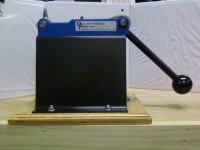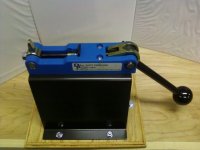kbm6893
Member
Been reloading for 6 years now but only pistol. Getting ready to take the plunge with .223. I’ve been saving my brass for a while which has been mostly Federal bulk pack from Walmart. But I also have been picking up range brass.
So what headstamps should I be looking for to isolate military brass? And how do I remove the crimp? I’ve watched a few videos but they’re not really zoomed in and I don’t see a whole lot of difference between crimped and non-crimped pockets.
I have dies on the way so all my brass will be re-sized and then measured. I plan to eventually get the Frankfort Arsenal Case Prep Center so I can do all my trimming and case prep at once. Would the primer crimp tool be able to attach to the FA station in place of the primer pocket cleaning tool?
So what headstamps should I be looking for to isolate military brass? And how do I remove the crimp? I’ve watched a few videos but they’re not really zoomed in and I don’t see a whole lot of difference between crimped and non-crimped pockets.
I have dies on the way so all my brass will be re-sized and then measured. I plan to eventually get the Frankfort Arsenal Case Prep Center so I can do all my trimming and case prep at once. Would the primer crimp tool be able to attach to the FA station in place of the primer pocket cleaning tool?


